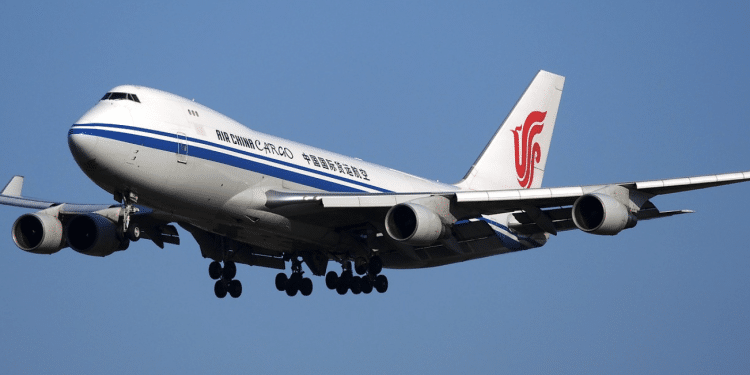The Vanishing Cargo: China’s Silent Convoy to Iran and the Proxy Puzzle
Editorial by Staff Writer David R
In a world where transparency is currency, three Chinese Boeing 747s just cashed in on mystery.
Departing from various Chinese cities in mid-June, these massive cargo freighters—typically reserved for transporting heavy military equipment—followed a near-identical westward route across Central Asia. Then, just as they approached Iranian airspace, they disappeared from radar. Their listed destination? Luxembourg. Their actual trajectory? Nowhere near it.
This isn’t just a case of poor flight planning. It’s a breadcrumb trail across a tightening geopolitical noose.
The timing is razor-edged: these flights occurred days after Israel’s “Operation Rising Lion,” a series of airstrikes that targeted Iranian nuclear and military installations. The region was already on a knife’s edge—and into this tension glided three ghost flights, silent as shadows, heavy with implications. Military analysts have noted the specific model of aircraft—the Boeing 747 freighter—as a platform capable of moving armored vehicles, missile systems, or large-scale surveillance arrays. The ghost flights weren’t just carrying cargo. They were carrying intent.
What might that intent be? Weapons systems? Replacement drone components? A shipment of communication jammers or cyber-infiltration gear? Possibly even economic support, rebranded as humanitarian aid, routed through deceptive manifests. The precise cargo is unknown, and perhaps that’s the point. The ambiguity is the weapon. In a disinformation age, plausible deniability is a strategic asset—and China is a master of the genre.
For Beijing, Iran is not merely a trading partner—it’s an oil lifeline. Nearly 2 million barrels a day flow eastward, greasing the engines of China’s relentless industrial expansion. But this partnership goes deeper. Iran sits at a strategic crossroads for China’s Belt and Road Initiative, the grand infrastructure project linking Eurasia under Chinese economic influence. A destabilized Iran weakens that vision. A defiant, well-resourced Iran, however, provides a beachhead for Chinese influence in the Middle East—right in the U.S. and NATO’s blind spot.
By supplying Tehran—directly or otherwise—China sends a message: the era of unipolar deterrence is over. Support no longer arrives on the backs of official military alliances or signed treaties. It arrives through darkened skies, on unmarked planes, deniable and deniably effective.
This new form of influence projection defies the old playbook. It’s not about boots on the ground or open warfare. It’s about supply chains stitched from shadows, support wrapped in secrecy. It’s about confusion as strategy—leaving adversaries not with hard evidence, but with hard decisions. Do you respond to an unconfirmed act? Do you escalate without proof?
The West, caught between suspicion and silence, must now grapple with a new reality: global power is no longer just broadcast. Sometimes, it just vanishes.
And perhaps that’s the most effective projection of all—not being seen, but being known to be unseen.






